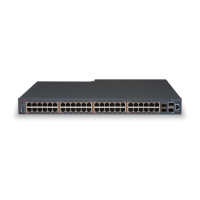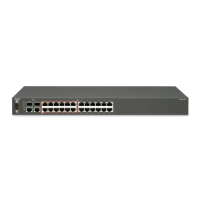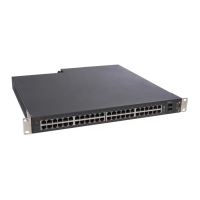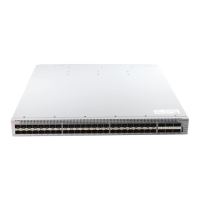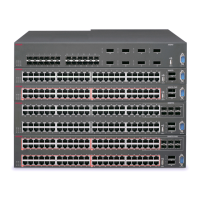What to do if my Avaya C360 Switch does not power up?
- SSamantha WilliamsJul 31, 2025
If your Avaya Switch doesn't power up, first, check that the AC power cord is correctly inserted. If the power cord is properly inserted, replace the power cord. If the issue persists and you are using a C360 AC power supply, consider using an optional BUPS (Backup Power Supply).




